
King Crab Safari, Kirkenes
Join us for an unforgettable adventure as we venture into the Arctic to catch and savour the world’s largest King Crab.

When planning a trip to Norway, Kirkenese may not be on your list of places to visit. It is definitely worth the trip to the far north of Norway and embark on adventures such as the King Crab Safari.
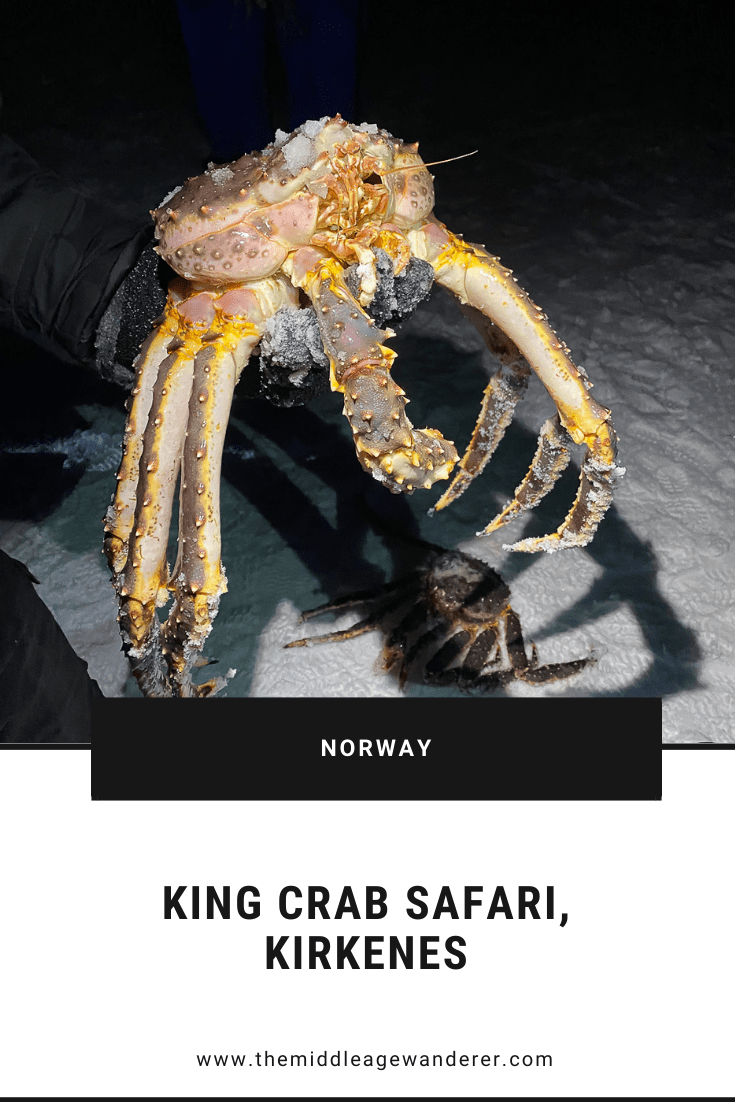
Kirkenes is located in the north of Norway, close to the Russian border.
The two main ways to get to Kirkenes is to fly from Oslo or Tromso or to take a cruise. Hurtigruten have cruises that take you to Kirkenes.
The king crab or red king crab, or Paralithodes camtschaticus to be scientific, is one of the world’s biggest arthropods. An arthropod is an invertebrate which has an exoskeleton, a segmented body and paired jointed appendages. Arthropods include insects, arachnids, myriapods and crustaceans.
Its shell can grow to 220mm in length, can weigh over 10kg and live up to 20 years.
The red king crab is native to the Northern Pacific Ocean. The area stretches from Korea and Japan across to Alaska and southeast to Vancouver Island in Canada.
The crabs were intentionally introduced into the Barents Sea by Russian scientists in the 1960s and 1970s. The idea was to create a commercial fishery. The Barents Sea is found to the north of Norway and Russia. By 1992, Norwegian waters were inundated with the crabs.
Since that time they have become invasive and a significant threat to the Norwegian marine ecosystem. To give you some understanding of how invasive the king crab has become in Russia and Norway, by 2006, 90% of the king crabs supplied to markets were Russian king crabs, which totalled more than 25.4 million kilograms.
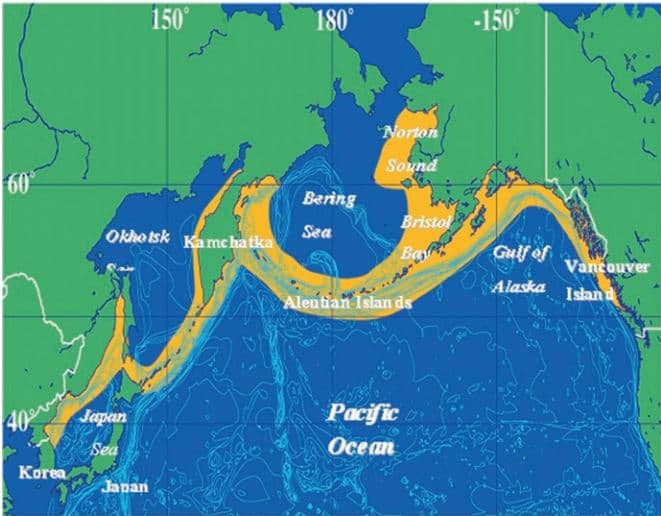
In their natural habitat, they have a number of predators, from fish such as halibut and Pacific cod, through to sea otters, octopus and whales. But in the fjords of Norway, the only predator they have is humans.
Many people, including conservationists, scientists and even people in the fishing industry are concerned about the impact the crab has had on the coastal ecosystem especially because the adult king crab has no natural predators. However, the king crab has established itself in the Norwegian ecosystem and it is now believed that all that can be done is to keep the king crab population as low as possible by fishing.
Kings crabs fetch extremely high prices in markets and restaurants around the world. Therefore, the introduction of these crabs has resulted in a new industry to Norway.
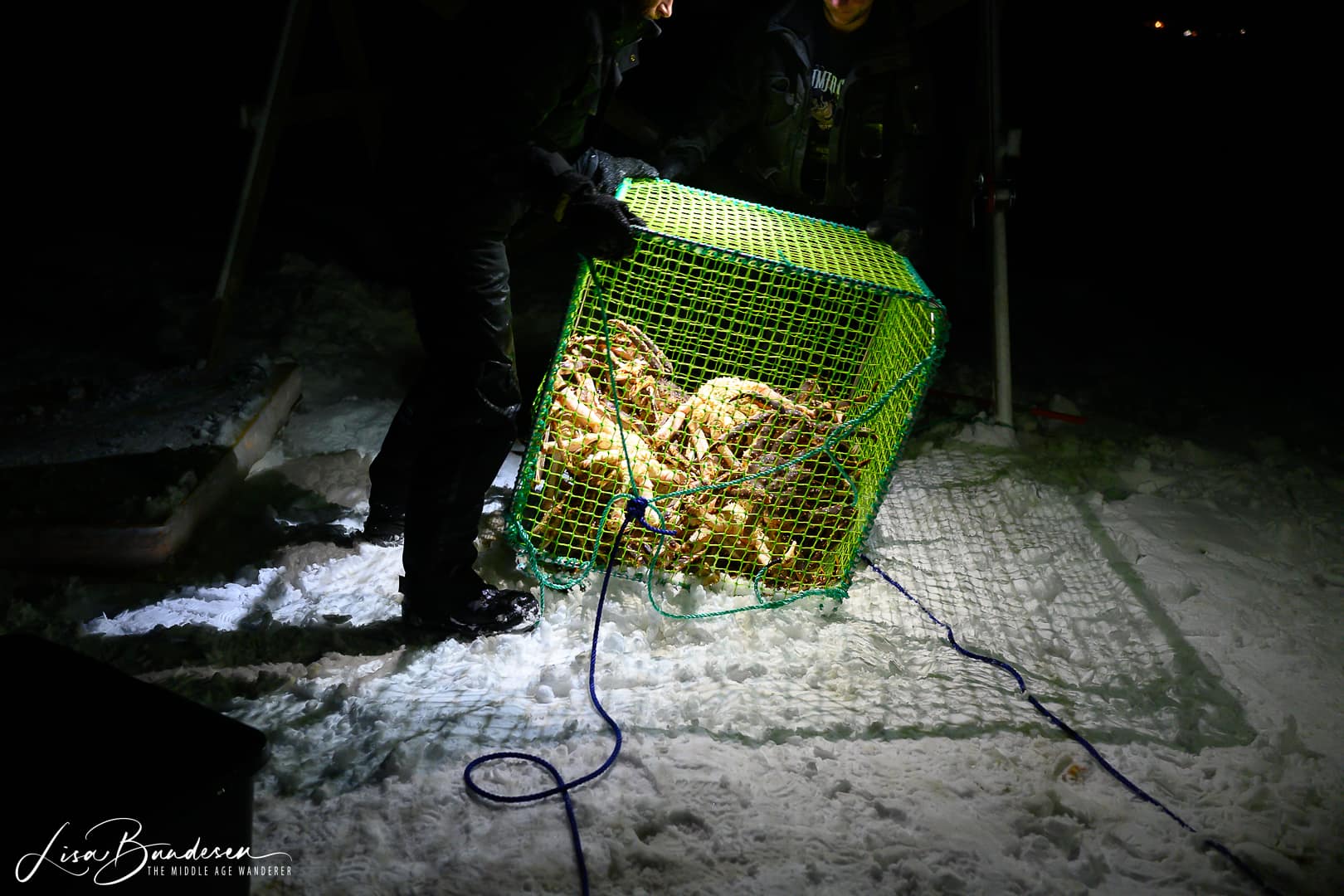
The king crab is an invasive species and is causing significant damage to Norway’s marine ecosystems. Coming from Australia, I have seen the impact introduced species have had on Australia’s ecosystem. For example, the cane toad was introduced to Australia from Hawaii in an attempt to control the native grey-backed cane beetle. The cane toad has thrived and has had a devastating impact on Australian native animals and the environment.
For me, as long as the crabs are caught and killed in a humane way, I do not have an ethical issue with going on a king crab safari. They are an invasive, introduced species causing damage to Norway’s environment.
As we were staying at the Snow Hotel in Kirkenes, we took the safari offered by the hotel. You can find more details including prices for the safari, here.
We stayed at the Snow Hotel in late December, so while we went out on the safari in the late afternoon, it was dark for our trip. If you are heading to Kirkenes in winter (or northern Norway in general), you will have limited day light hours so tours such as this will usually be in the dark.
The safari leaves from the Snow Hotel, but if you are staying in Kirkenes, you can also be picked up from the Thon and Scandic Hotels.
Once we were picked up by bus, we were taken to a timber house where the safari started. But first we had to get our cold weather gear on as well as our helmets. You are taken out on the ice in a sled pulled by a snow mobile.
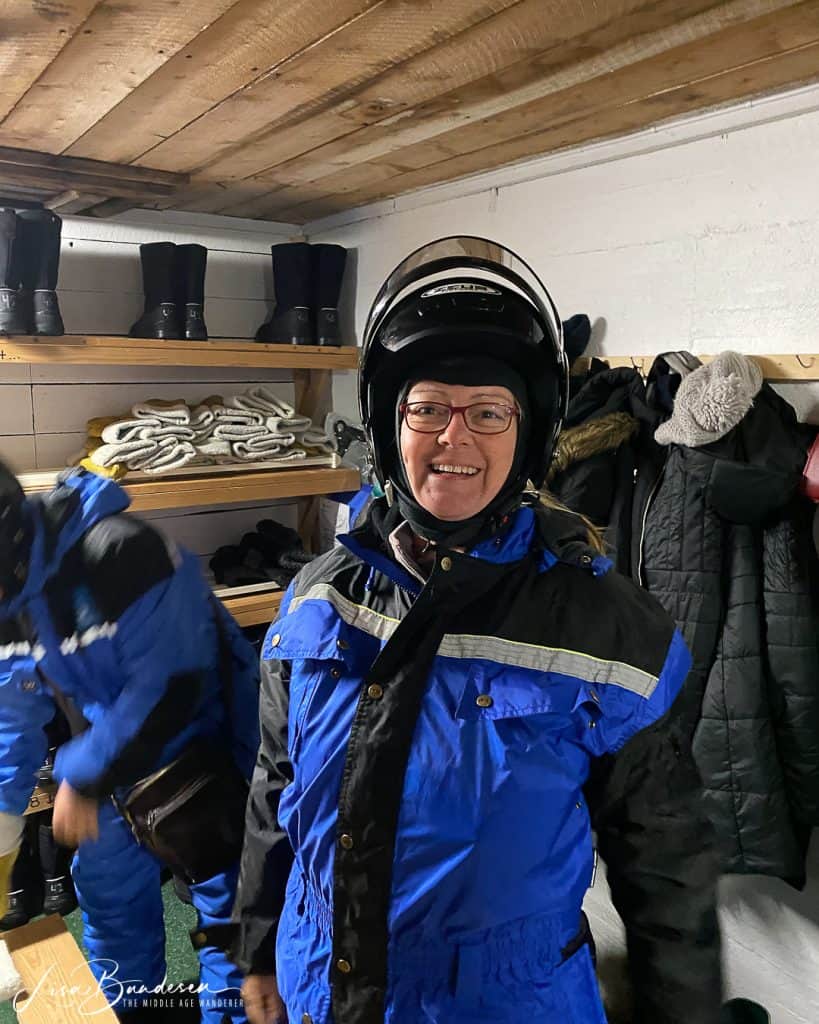
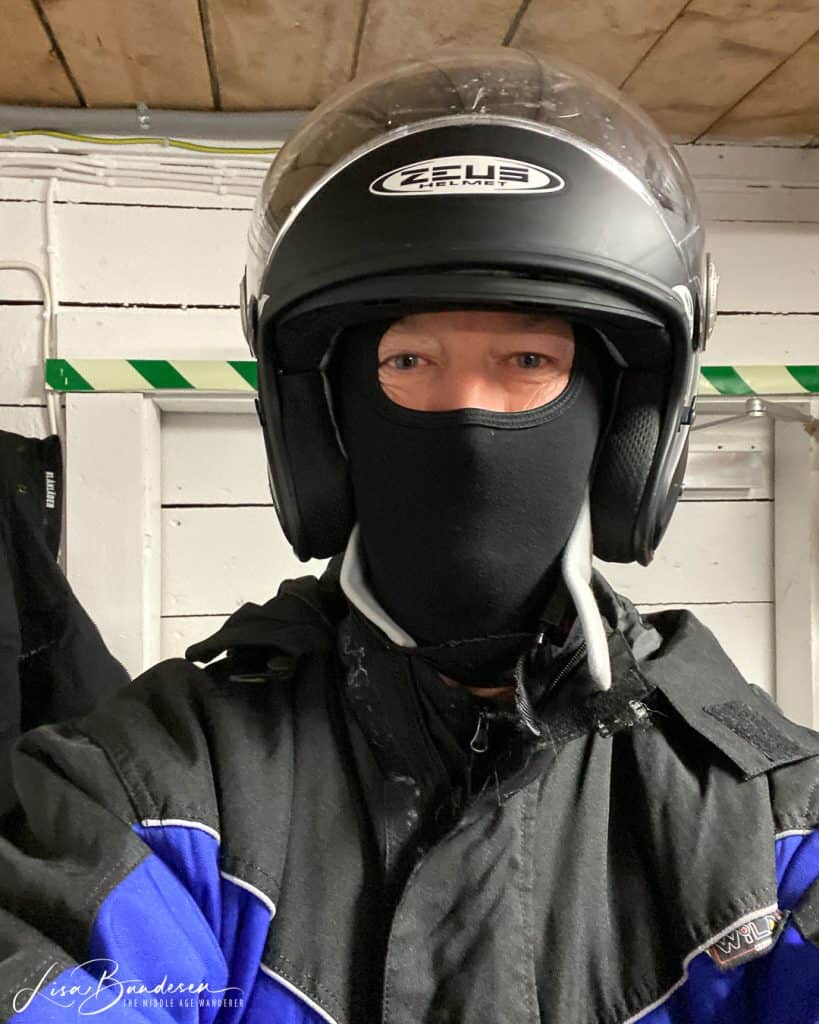
Everyone eagerly rushed to get a seat in the sled after we got dressed. But what they didn’t realise was that there was a seat behind each of the drivers on the snow mobiles. As we were approaching the sleds, our guides said that the two passengers seats on the snow mobiles could also be used, so we eagerly grabbed them for the trip out onto the fjord. Once people realised they could take the back seat on the snow mobile, there were a number of people eager for the seats on the return trip.
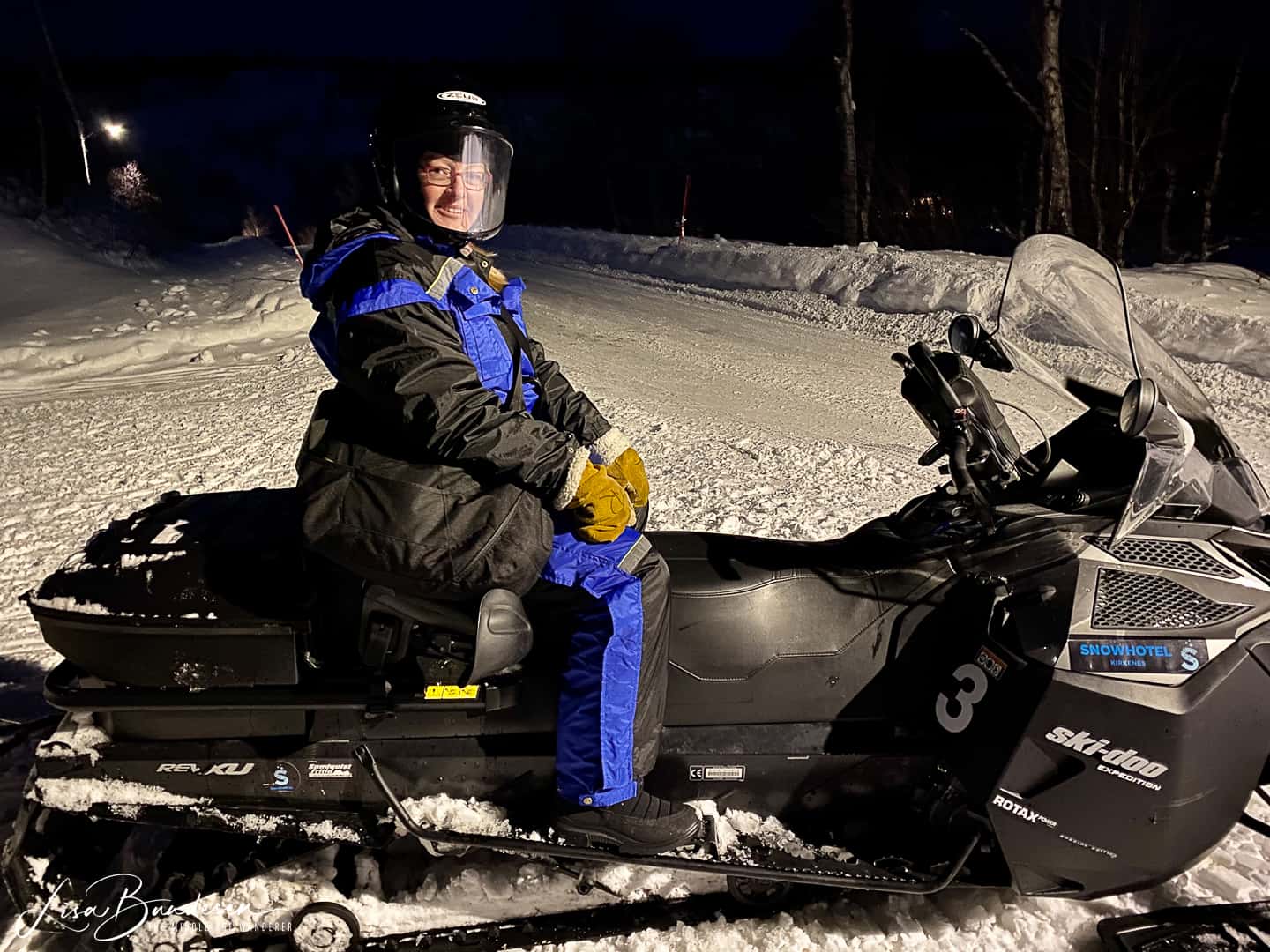
It’s important to note, that you don’t actually catch the king crabs. Once out on the ice, you arrive at a hole is the ice with a timber structure above it. Under the ice is a basket which the crabs have already crawled into and been caught.
The basket is pulled up from the water and enough crabs to feed the people on the safari are removed and killed. Yes you do see them killing the crabs.
During this time your guides provide you with details of the crabs including that they are an introduced species and are causing damage to the ecosystem.
Once killed (humanely), you can then take your photo with the crabs.
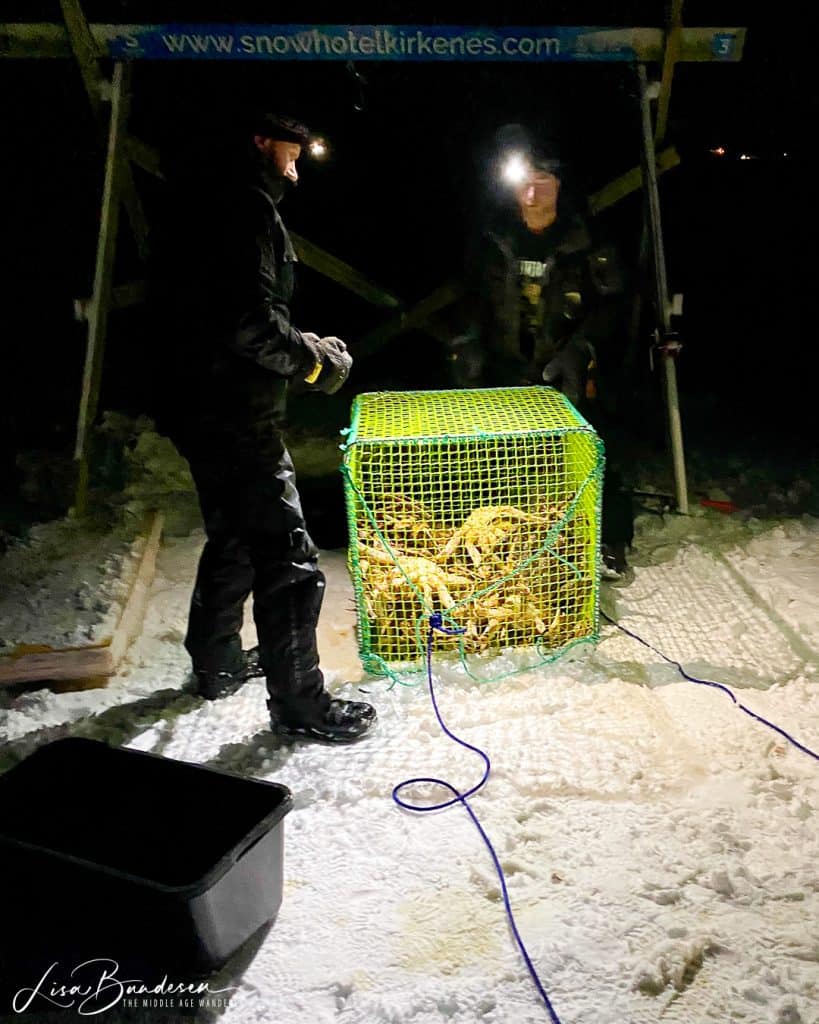
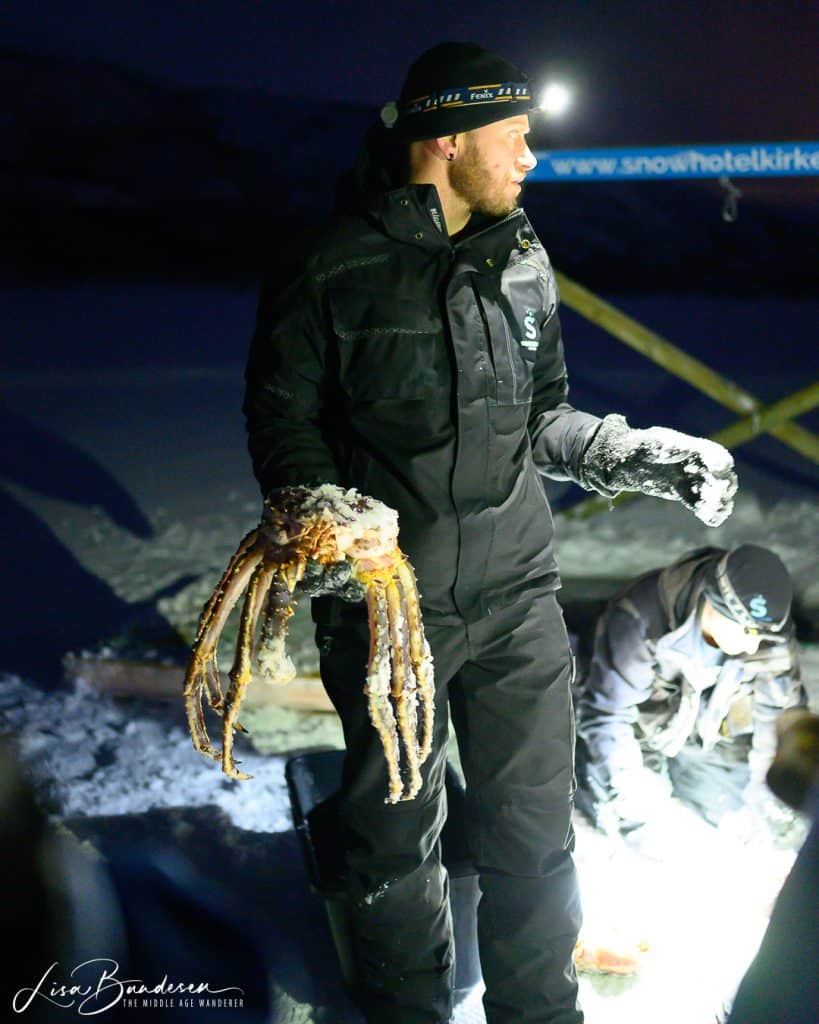
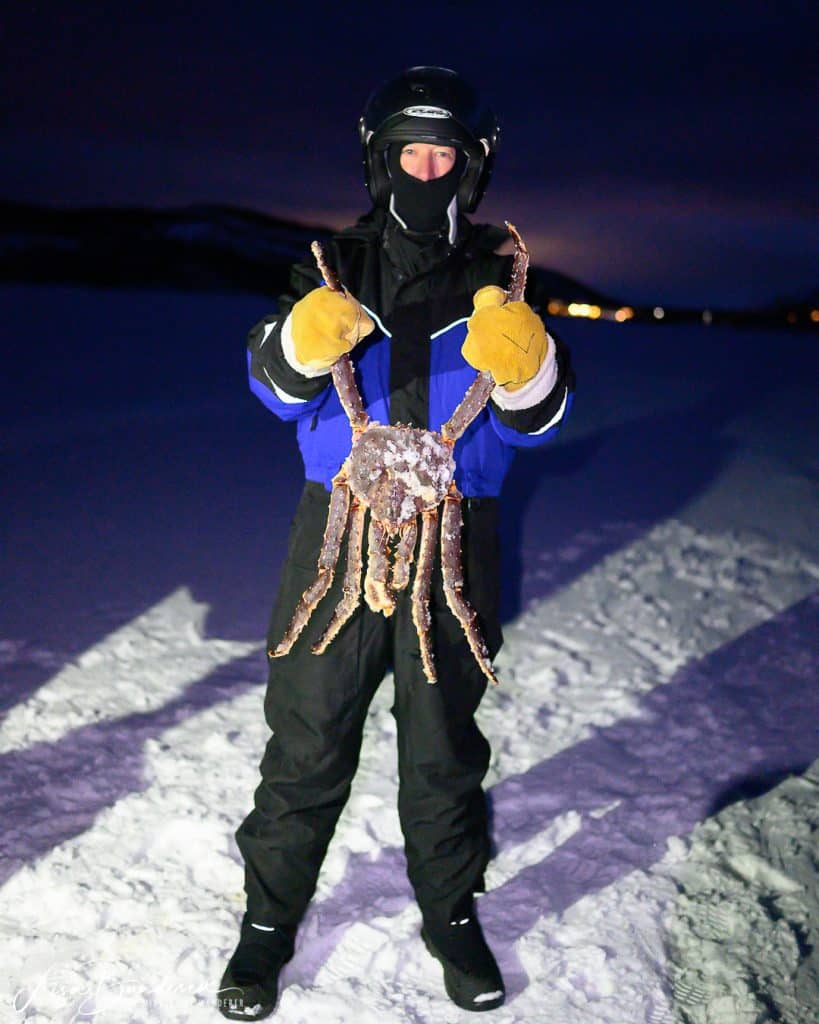
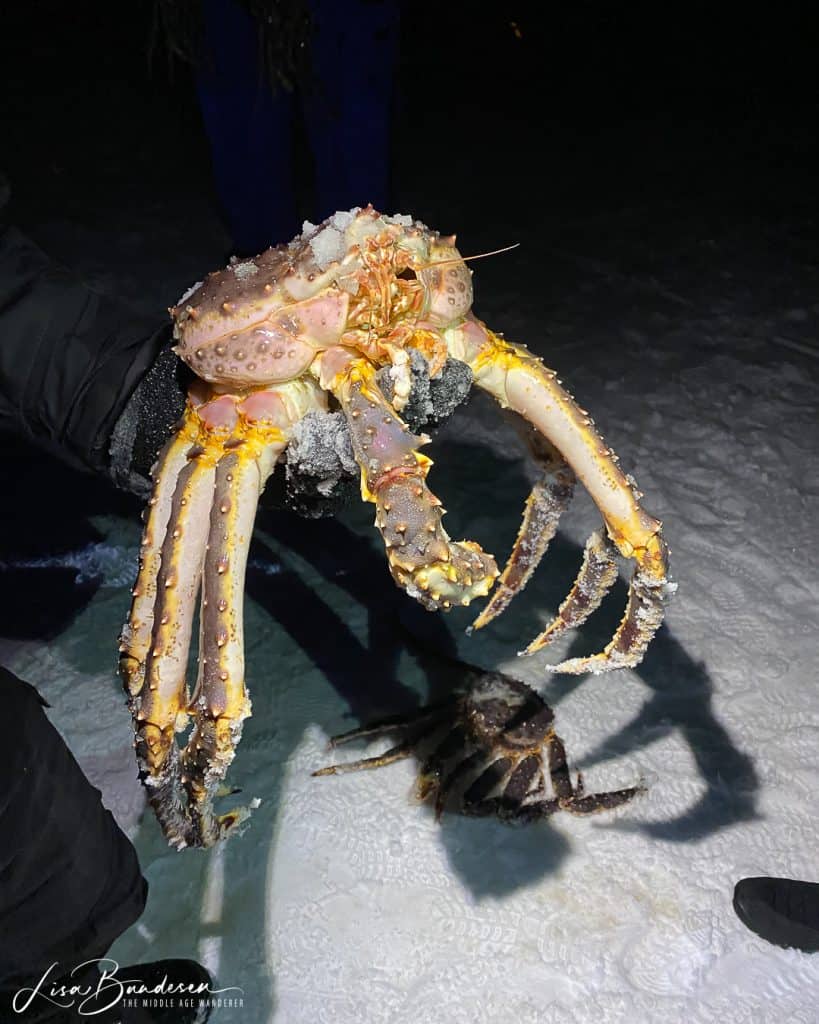
We then headed back to the house to get out of our cold weather gear while our guides cooked the crabs. The crabs are boiled for about 10 to 13 minutes and are then ready to eat.
Once cooked it’s all you can eat king crab. I don’t eat seafood, so my meal was bread and butter, but Darren, my husband, definitely ate enough for two people!
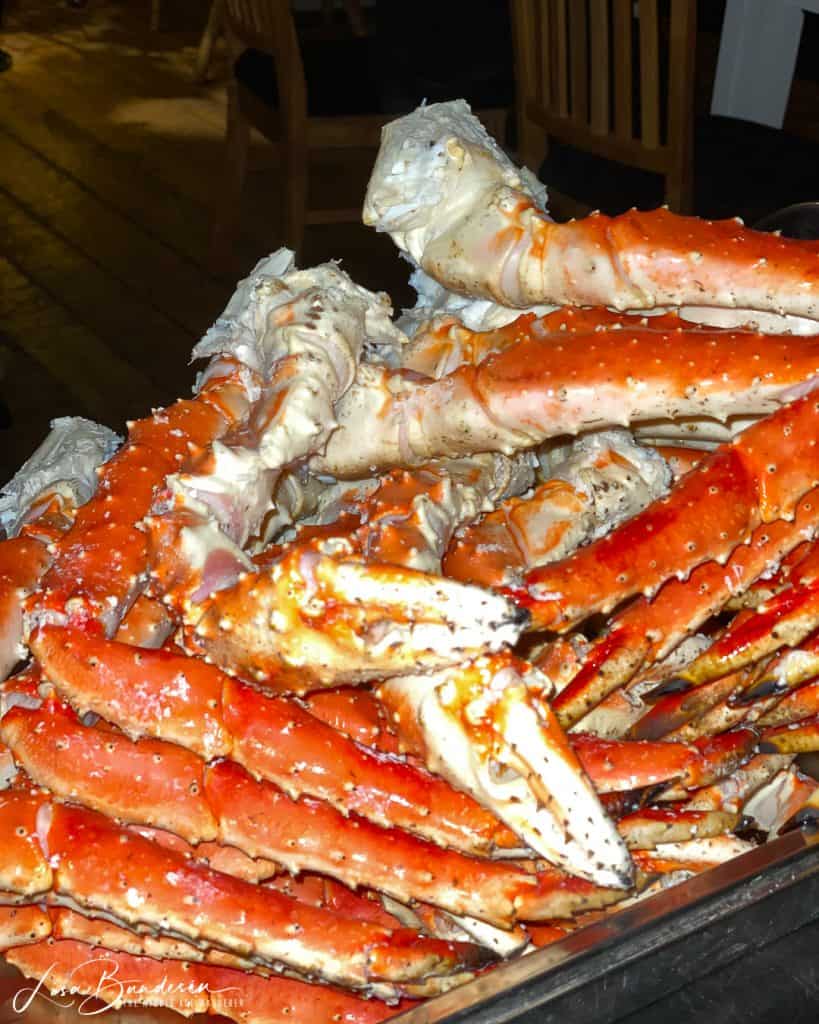
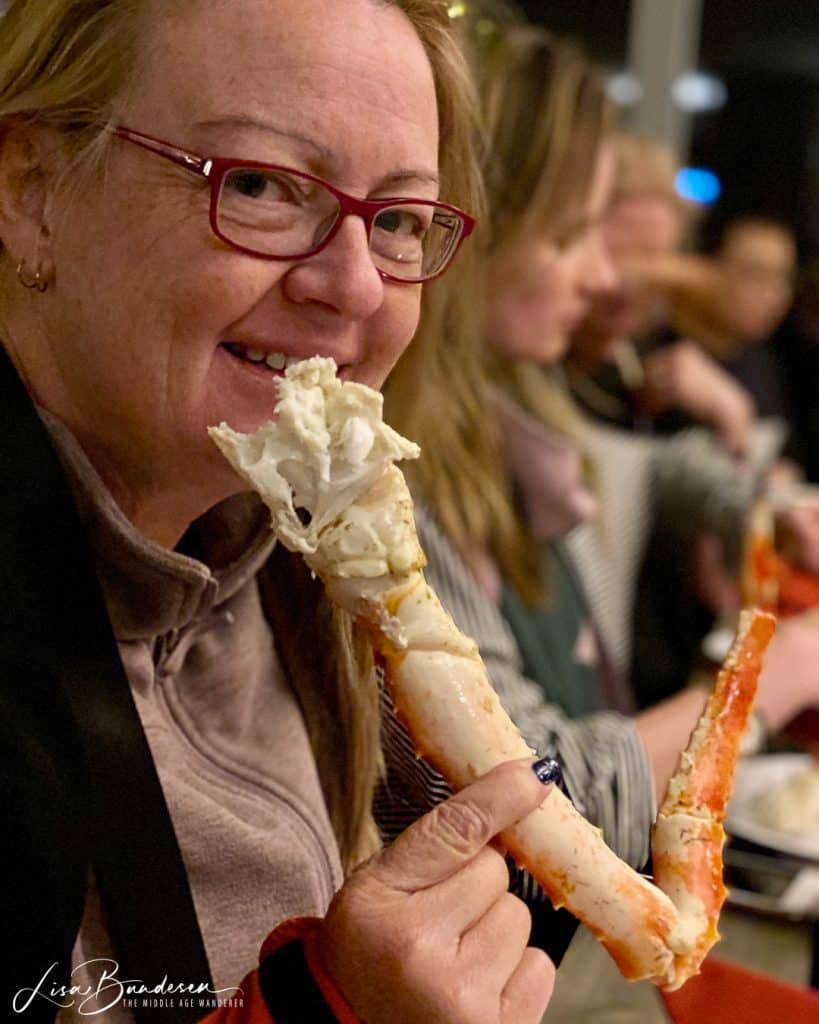

In summer, you can go out on an RIB boat, but in winter, you do the trip out onto the frozen fjord.
The king crab safari is definitely worth experiencing, especially if you love seafood.
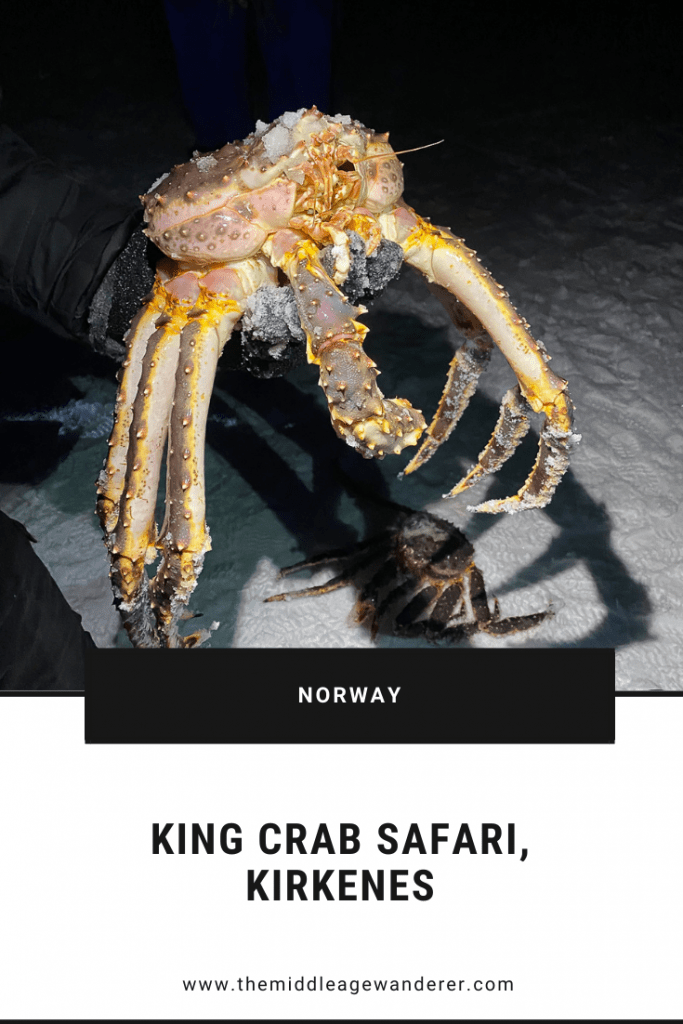
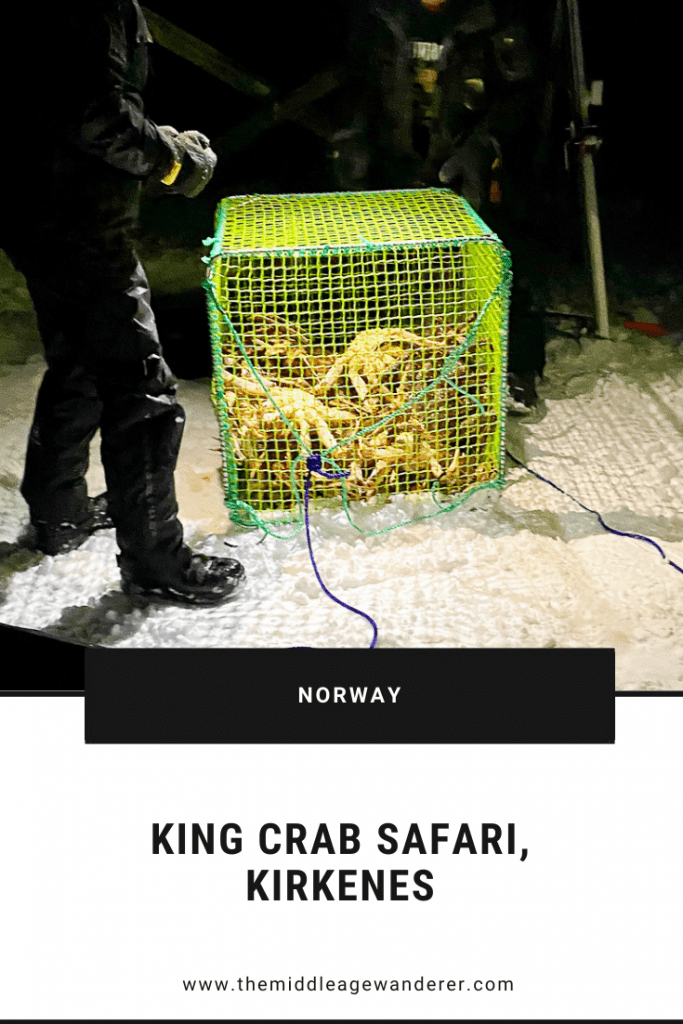
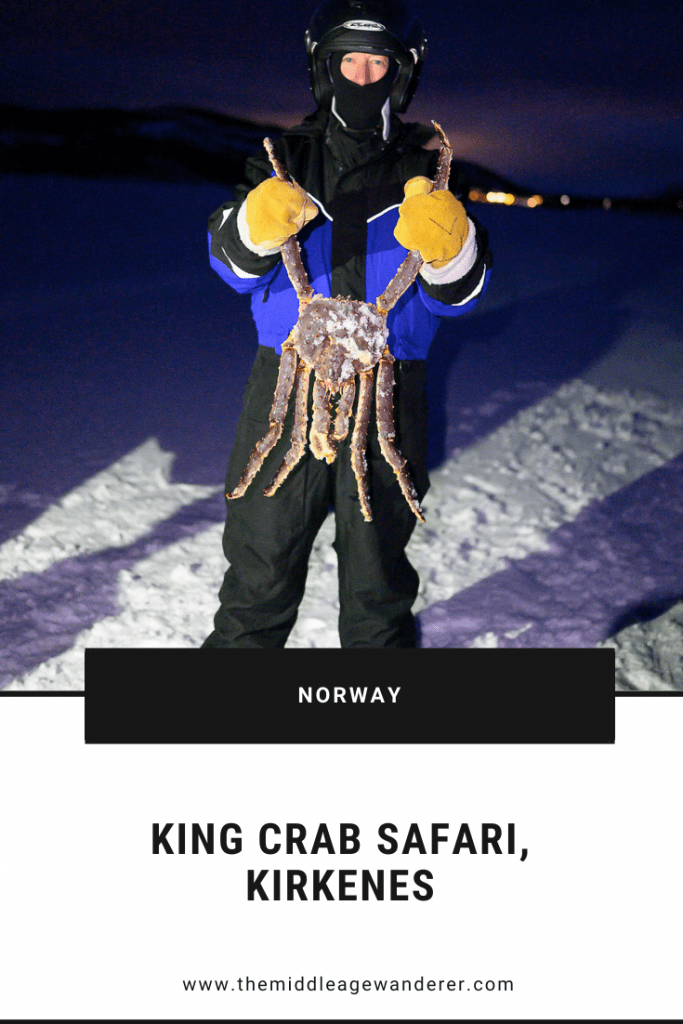

Join us for an unforgettable adventure as we venture into the Arctic to catch and savour the world’s largest King Crab.
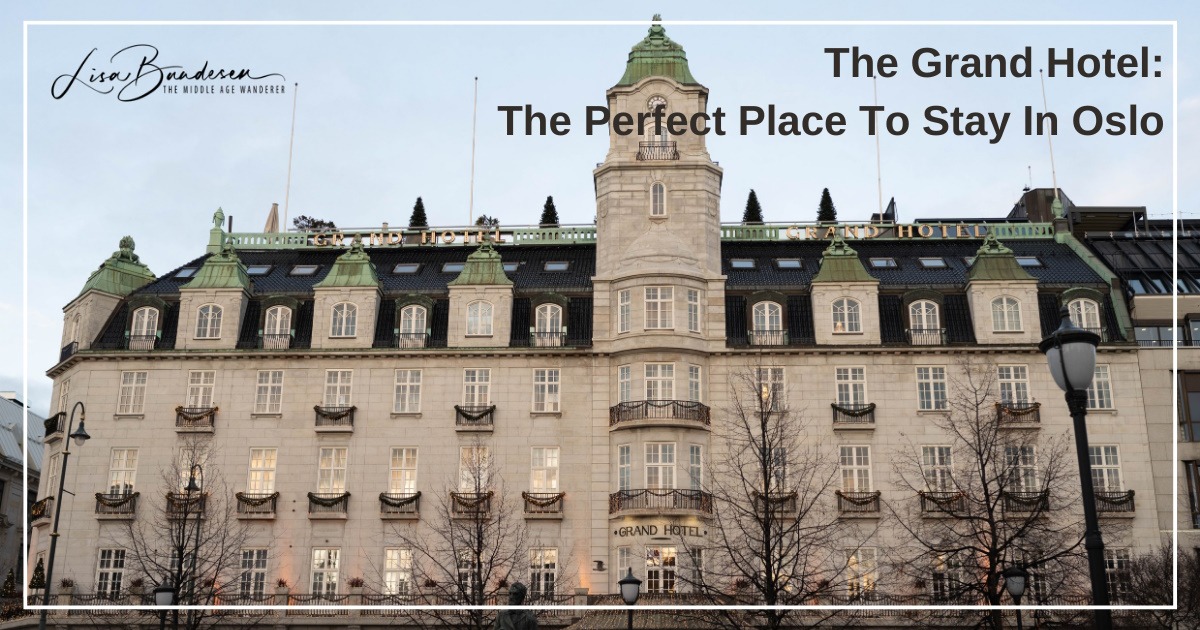
For beautiful accommodation in Oslo look no further than the Grand Hotel. The hotel is a mix of old-world charm and modern elegance.
© 2024 The Middle Age Wanderer
Made with 
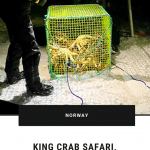
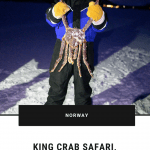
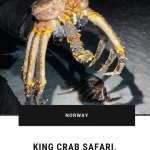
24 Responses
Oh wow, they are really BIG! 😀
I was really surprised by their size too Ann.
Wow, what a unique experience. I had no idea there are king crabs in that area and it is interesting to read about the issues they are causing. Nice, you get to eat them at the end.
They are definitely causing major problems for the ecosystem Anisa. My hubby loved eating them!
This was fascinating. I work for a restaurant company and we sell these crabs live from our tanks. They are hugely expensive, but very popular. I had no idea they were an invasive species.
Definitely invasive in Norway Kristina.
Wow, I had no idea that this was even a thing! I know Scandinavia is renowned for its seafood selection, but never considered a fishing expedition there. This sounds like something my husband and I would really enjoy. Thanks for the helpful tips!
Glad you enjoyed the post Kayla. It’s definitely fun heading out on the snow mobiles.
King crab is a favourite of mine! I was a little apprehensive reading because I was scared they’d be cooked alive but I’m happy to see they’re not! I think I would much rather experience something like this than buying from a restaurant or supermarket too! At least you can see how they’re caught and cooked first hand
I definitely do a lot of research before taking excursions like this. I wouldn’t have been going on it if they were cooked live.
This is such a interesting concept! I’m not the biggest fan of fishing, but I think it’s a unique experience! How much does it cost?
I’m not a big fan of fishing either but I booked it because I knew my husband would love it. It cost NOK 2,300 which is about USD 250. It includes all you can eat king crab at the end.
What an amazing adventure!! This is the kind of unique experience I would love to do. My husband would absolutely love to eat that crab too! 🙂
My hubby loved it Nicole. He ate so much of the crab and really enjoyed it.
They are massive; it looks like it was truly a feast! Very interesting and ‘once in a lifetime’ experience for you and your husband. (Sorry you couldn’t also enjoy eating the king crab, but hope the bread and butter was yummy).
Yeah the bread and butter was great Jean-Marie haha! I had booked it because I knew my hubby would love it and he had a great time.
Wow, they sure are the King of crabs. These are huge, and a fun experience too, except for the cold. I am not a big fan of winter, even if they can dress me warm enough.
I didn’t think I would be a fan of the cold either Rhonda, but I loved it. And it was such a fun experience.
What a fascinating post! I have never heard of this or realized the negative impact they are having. I think it is great to catch them as people can enjoy their tasty meat and help the ecosystem. I experienced something similar with the Lionfish in Florida Keys as they are invasive and having a negative impact there. Would love to experience this one day!
I normally wouldn’t like doing something like this but knowing how bad they are for the environment in Norway, fishing currently is the only way to keep any sort of control over the damage they do. Oh and apparently they are really tasty!
UM this is totally up my alley! I love crab and would love something like this – I had no clue it existed! Thank you for clueing me in – will be using this guide if I go.
It’s a fun experience to do Sarah.
Those are huge! My husband would love this (I don’t do seafood…). I’m pinning this to remember it and maybe surprise him with it when we finally make it over there.
You can be like me Christine and eat bread and butter while everyone around you eats crab lol.